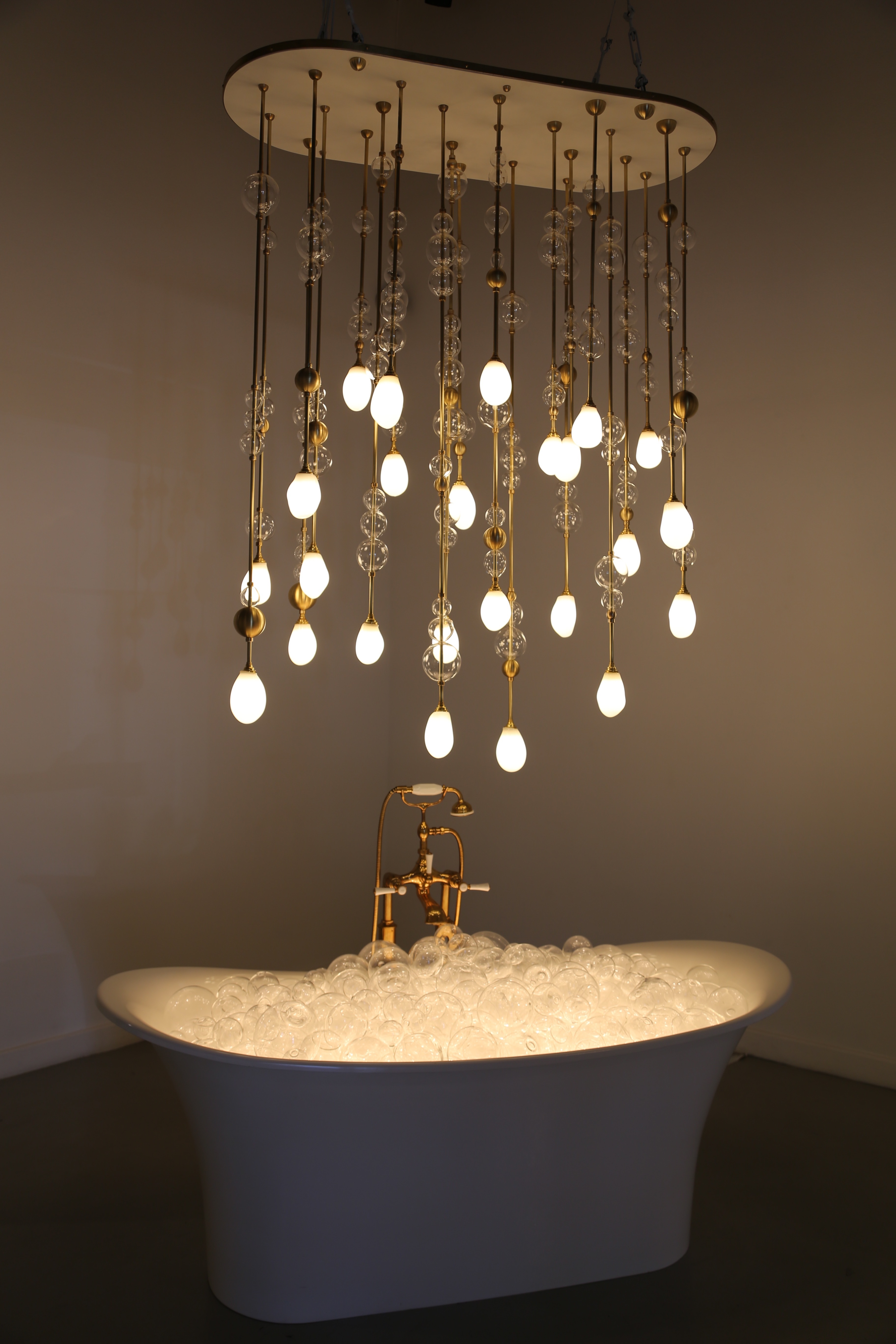Representing the third part of the contemporary art series "The Power of Pigment: A Celebration of Color" at the Huntington Beach Art Center in Southern California, Hiromi Takizawa curated "Shines Through," an exhibition featuring 33 established and emerging glass artists whose works cover a wide range of glass-making practices.
An accomplished glass artist herself, Takizawa was was named the youngest of this magazine's top fifty artists working in glass in 2012. She approached the curatorial project as a celebration of the flourishing glass art community in Southern California, which for the last 55 years has been an epicenter of glass-art production. In a sense, the exhibition is a homage to the medium itself, exploring a diversity in types of glass practices and focusing particularly on what she calls the "inherent quality and phenomena of glass."
The Glass Quarterly Hot Sheet caught up with Takizawa to delve deeper into her thoughts behind the exhibition.
Glass Quarterly Hot Sheet: What is the core relationship between the artists featured in this exhibition?
Hiromi Takizawa: I mostly wanted to showcase the wider range of glass art that is being created locally and make it available to the community. While glass making has been alive in the area for a long time it has rarely been exhibited on a large scale and in a non-commercial context, so I thought it would be great to display this rich group of artists and the wide range of techniques and styles they cover.

Glass: What is the significance of the title of the exhibition Shines Through?
Takizawa: I wanted the title to reflect the exhibition's honoring of these artists and the local glass making community, but of course the title is also more literal in its reference to the materiality of glass.
Glass: Can you tell us more about the diversity in styles, practices and processes present in this exhibition?
Takizawa: The exhibition is multi-layered in a variety of ways: the works range from design to sculpture, from traditional to contemporary, and from 2-D to 3-D. Techniques include glass blowing, etching, and neon. Another interesting aspect of the show is the relationship between the artists themselves; there's an element of mentor-mentee at play and some among the invited artists have been professors to others. So I have chosen not to draw too many distinctions in order to create a show that speaks to a common audience rather than an expert one.

Glass: Can you discuss a few of the exhibiting artists in particular and how they deal with ideas of color in their featured works?
Takizawa: One very popular piece by Carmen Salazar called Optiquarium is a closed system microcosm created with hot bits of glass, blown out to form lenses that magnify the world inside. It contains a mini ecosystem made up of symbiotic relationships between the living organisms. Eric Huebsch's piece, Puddle Jumper, was a hit for the show from kids to seniors and is based on the myth of Narcissus: a wooden figure stretched out on the ground holds a flash light up at a mirrored ball that hangs from the ceiling.





